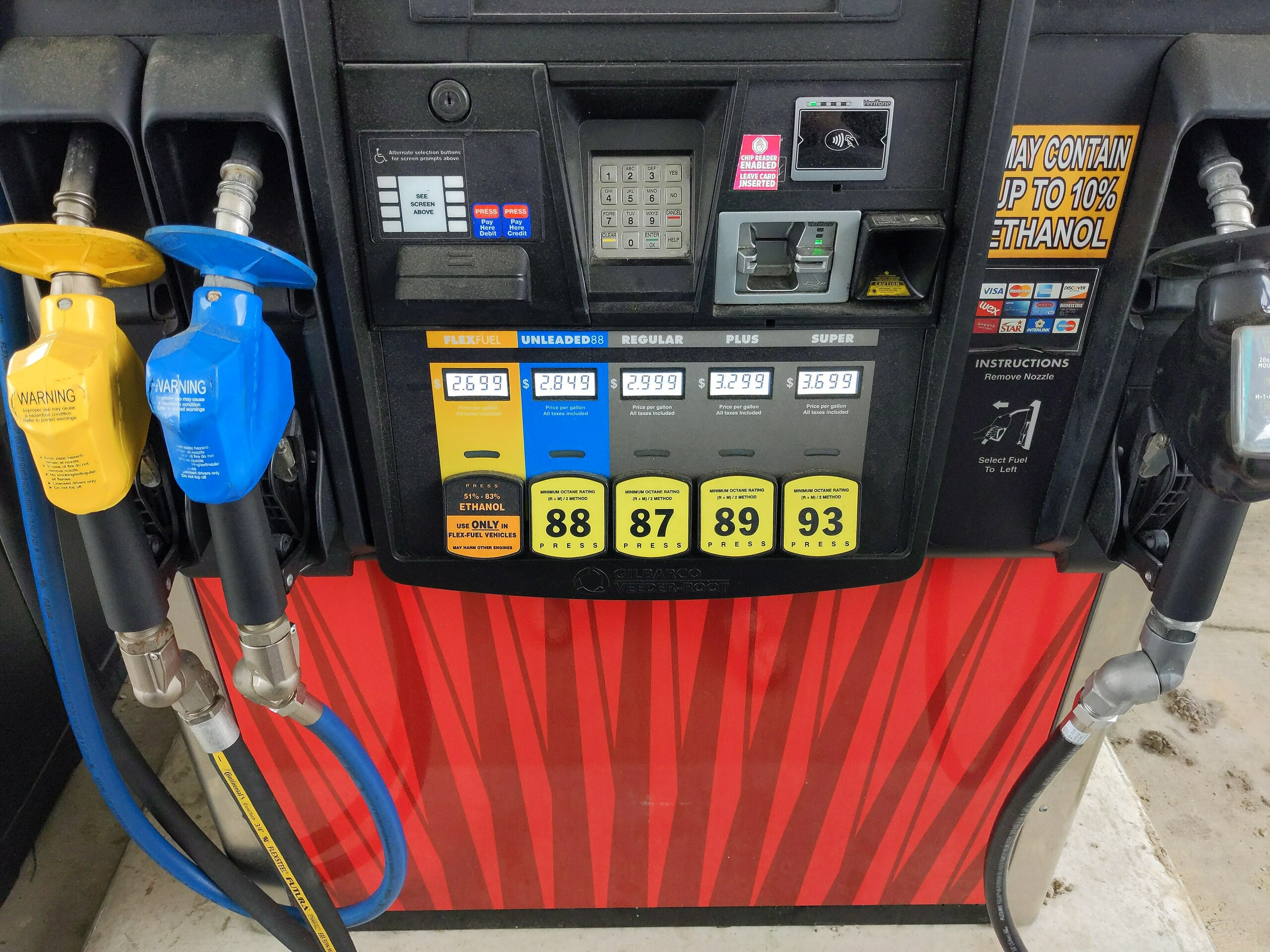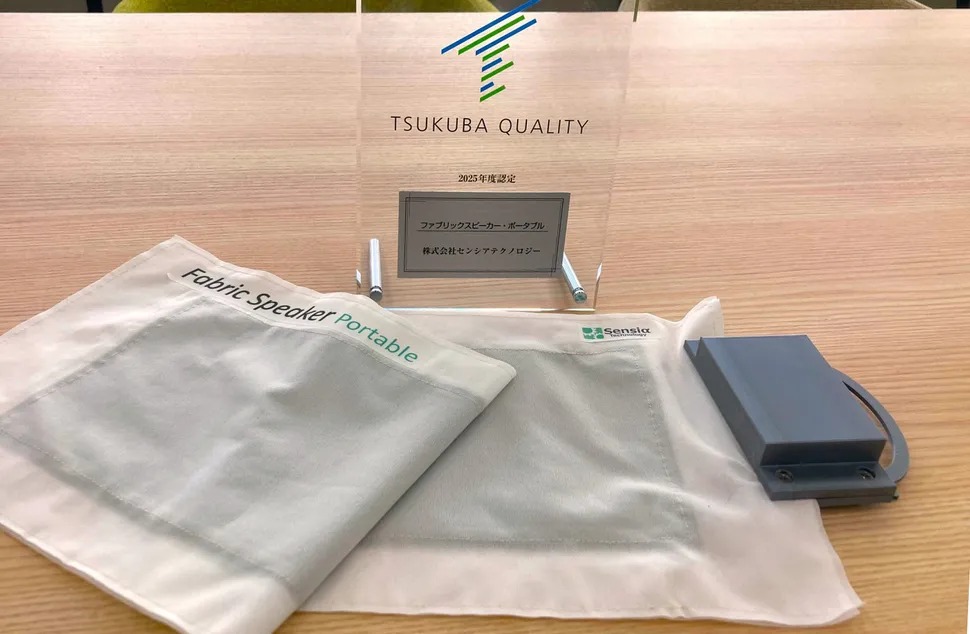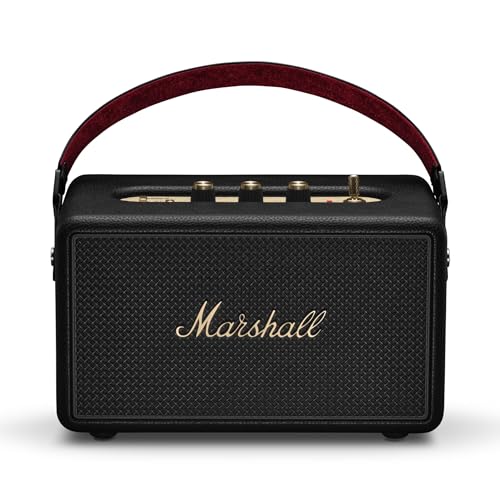Viral TikToks claiming your gas tank is “40% water” sound like automotive apocalypse clickbait, yet water contamination in fuel is genuinely dangerous. That percentage might be wildly inflated, but the risk is real—especially at discount stations with aging infrastructure. Your engine doesn’t care about hyperbolic percentages; even tiny amounts of water can trigger costly damage. The good news? A five-minute mason jar test reveals exactly what you’re pumping into your tank.
Phase Separation Happens Faster Than You Think
The actual science is scarier than the viral claims. Ethanol acts like a sponge for atmospheric moisture, and phase separation—where water and ethanol form a distinct layer beneath gasoline—occurs at just 0.5% water concentration. Not 40%, but enough to wreck your day.
Think of it like oil-and-vinegar salad dressing that refuses to stay mixed. Underground tanks at stations with loose-fitting caps or temperature fluctuations create perfect conditions for this automotive disaster.
The Mason Jar Method Reveals Hidden Problems
Your detection kit costs under five dollars:
- Clear glass mason jar
- Proper siphon pump (never use your mouth—gasoline vapors are toxic)
Siphon a fuel sample into the jar, seal it tightly, then let physics work for one hour on a level surface.
Gasoline floats on water due to density differences, so any clear layer settling at the bottom signals contamination. This visual test works because a separated water-ethanol mixture creates a distinct boundary you can actually see.
Reading Results Could Save Your Engine
- Clean fuel remains clear and uniform with possible small bubbles—no distinct layers anywhere
- Contaminated fuel shows a clear bottom layer, indicating phase-separated water and ethanol that will cause engine sputtering, stalling, and fuel system corrosion
Professional gas stations use phase-separation alert filters that slow fuel flow when water is detected. Even minor contamination creates ice blockages in cold climates and accelerates metal corrosion throughout your fuel system.
Professional-Grade Detection Goes Further
For trace-level detection, Water Finder Test Paper changes color when exposed to moisture in gasoline, catching problems before they become visible in jar tests. Fuel additives like “Mechanic in a Bottle” supposedly re-suspend separated water back into the fuel mixture, potentially neutralizing contamination up to certain concentrations. However, prevention through careful station selection beats treatment every time.
Your five-minute jar test provides insurance against thousand-dollar repair bills. The viral “40% water” claim might be automotive theater, but protecting yourself from real contamination is pure common sense.





























